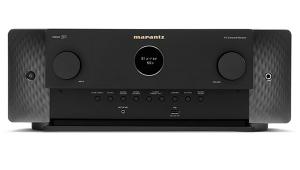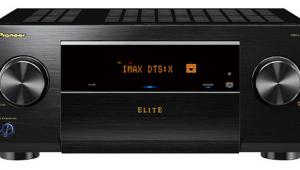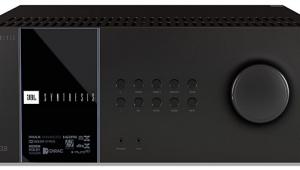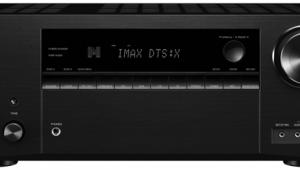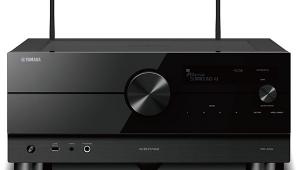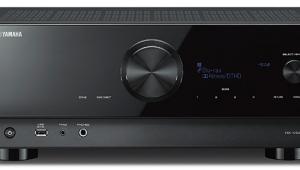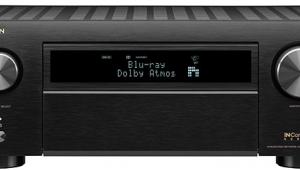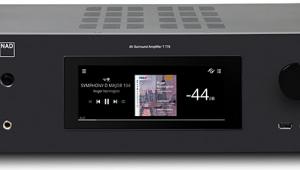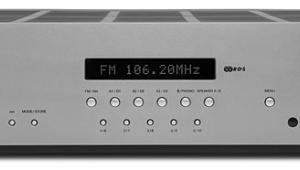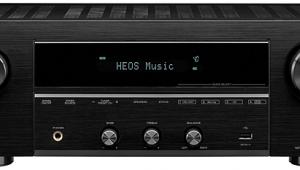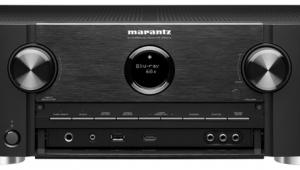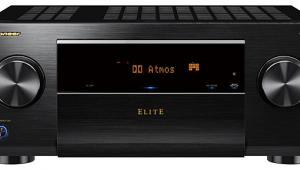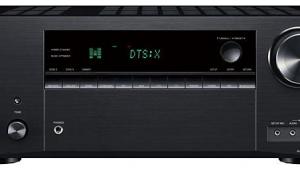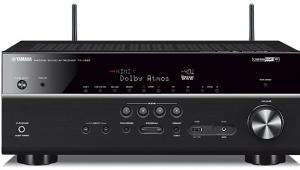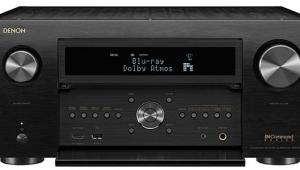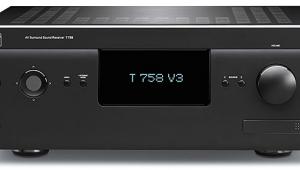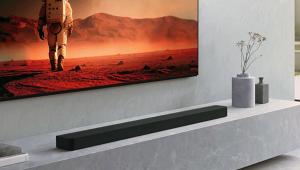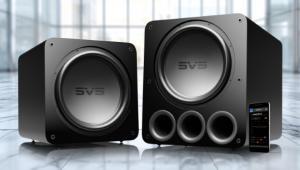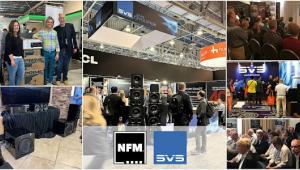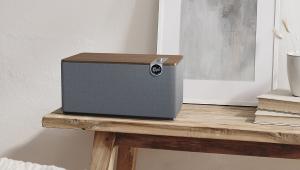Pioneer VSX-1021 A/V Receiver HT Labs Measures
Five channels driven continuously into 8-ohm loads:
0.1% distortion at 46.1 watts
1% distortion at 56.7 watts
Seven channels driven continuously into 8-ohm loads:
0.1% distortion at 44.5 watts
1% distortion at 53.7 watts
Analog frequency response in Pure Direct mode:
–0.17 dB at 10 Hz
–0.04 dB at 20 Hz
–0.16 dB at 20 kHz
–3.28 dB at 50 kHz
Analog frequency response with stereo signal processing:
–0.86 dB at 10 Hz
–0.26 dB at 20 Hz
–0.12 dB at 20 kHz
–17.56 dB at 50 kHz

This graph shows that the VSX-1021’s left channel, from CD input to speaker output with two channels driving 8-ohm loads, reaches 0.1 percent distortion at 106.3 watts and 1 percent distortion at 136.4 watts. Into 4 ohms, the amplifier reaches 0.1 percent distortion at 119 watts and 1 percent distortion at 168.1 watts.
There was no multichannel input to measure. THD+N from the CD input to the speaker output was less than 0.053 percent at 1 kilohertz when driving 2.83 volts into an 8-ohm load. Crosstalk at 1 kHz driving 2.83 volts into an 8-ohm load was –74.02 decibels left to right and –75.45 dB right to left. The signal-to-noise ratio with an 8-ohm load from 10 hertz to 24 kHz with “A” weighting was –109.73 dBrA.
From the Dolby Digital input to the loudspeaker output, the left channel measures –0.19 dB at 20 Hz and –0.27 dB at 20 kHz. The center channel measures –0.08 dB at 20 Hz and –0.28 dB at 20 kHz, and the left surround channel measures –0.07 dB at 20 Hz and –0.30 dB at 20 kHz. From the Dolby Digital input to the line-level output, the LFE channel is +0.04 dB at 20 Hz when referenced to the level at 40 Hz and reaches the upper 3-dB down point at 117 Hz and the upper 6-dB down point at 120 Hz.—MJP
Video Test Bench
The Pioneer’s video processing was well below average. Although these are stringent tests, and normal source material may look acceptable, your source devices and/or display are likely to be better options for performing these functions. The A/V receiver failed most of our interlaced upconversion tests, although it did marginally pass 3:2 SD and 2:2 SD (there is no borderline score for the 3:2, 2:2, and MA tests—it’s either pass or fail). The chroma resolution issues were only on the highest frequency test burst. The tests for 3:2 HD MA indicated that for this process, the AVR uses the most rudimentary form of deinterlacing (technically known as bobbing) rather than a true motion-adaptive process.—TJN

